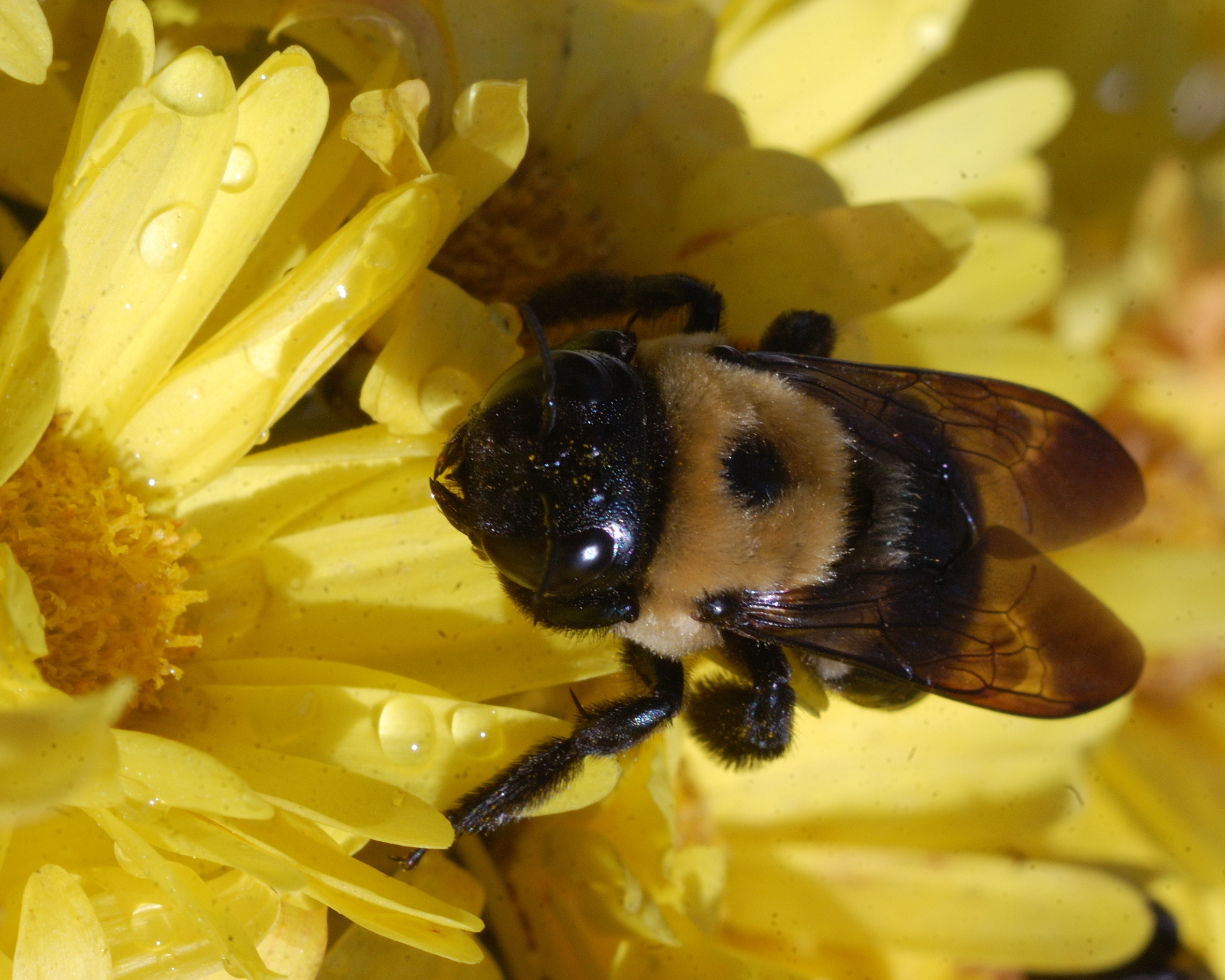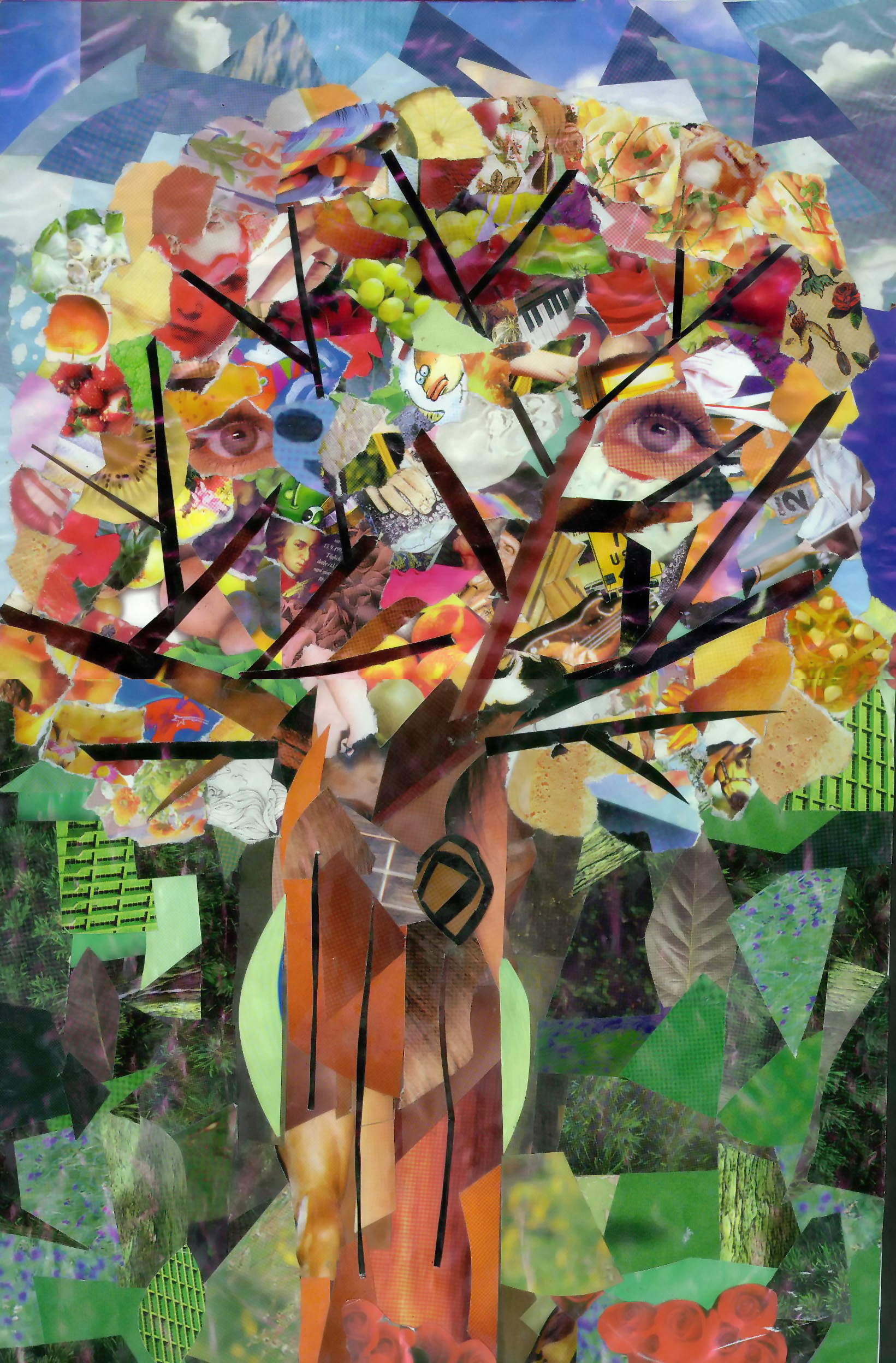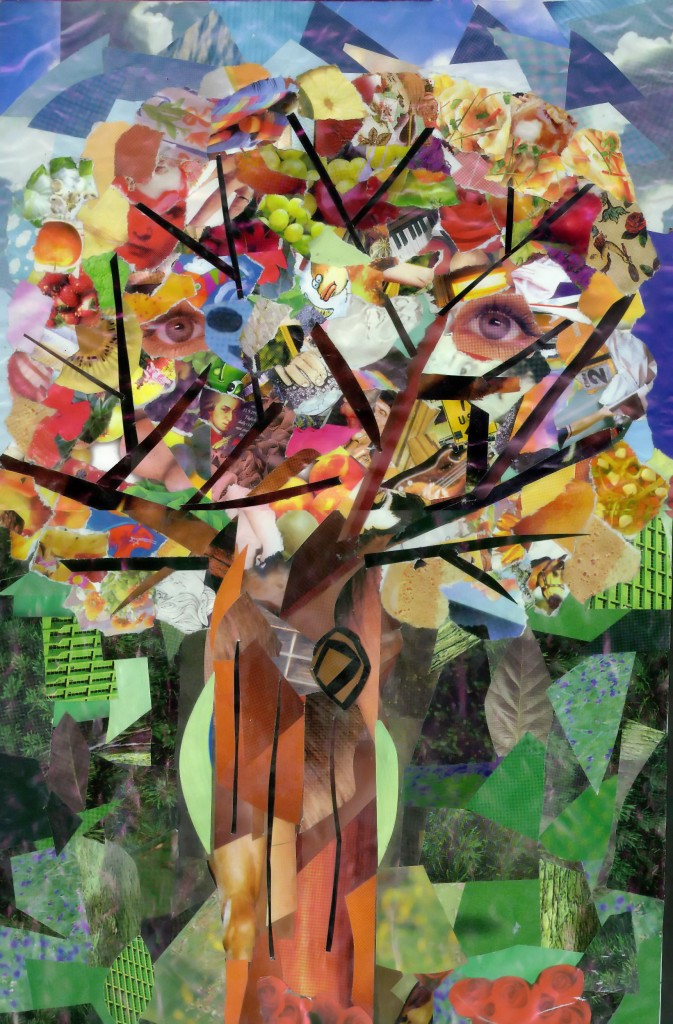
Wiz Khalifa has been sued by an artist named Maxamillion [sic]. I was approached by lawyers representing Maxamillion. These lawyers wanted me to support them in their belief that Maxamillion’s song, Pink N Yellow, had been infringed by the well-known artist, Wiz Khalifa in his song, Black And Yellow. Notice that I wrote
“These lawyers wanted me to support them in their belief…”
that Pink N Yellow had been infringed by Black & Yellow.
_______________________________________________________________
Lawyers who are considering filing a music copyright infringement lawsuit should consult someone with expertise in the field of music. I have passed for having “expertise,” and U. S. district courts have called me an “expert.” When I deal with issues outside of my field, I call on experts. The best lawyers call on experts because the lawyers know that their expertise does not extend to other non-legal areas, especially one such as music that requires so many years of specialization.
These lawyers wanted me to agree with their assertion that Wiz Khalifa had infringed the copyright of Maxamillion. They came to me for my expertise. They paid me for my expertise and expert opinion but as soon as they received my expert opinion, they argued with me about my findings.
If I could change my expert opinion based on one attorney’s argument, I would either
A. Not have “expertise” in music
B. Not have “expertise” in the intersection of copyright law & music
C. Not have a rigorously established methodology in which to complete the necessary analysis of the recordings & issues
D. Not have a substantive amassment of opinions I had written that established my methodology and philosophical bent on the subjects
E. Not have done good work in my analysis of both recordings
F. Not have personal integrity or principles
G. Have abandoned my principles and decided that making money was more important than any other consideration(s)
H. Any combination of letters A – G
To expand upon this….
If the lawyers could have talked me into taking their position instead of mine, then they would have created very significant potential (and I think “actual”) problems for their client (and possibly themselves) when it would be discovered that I had been talked into taking a diametrically opposite position by the attorney (or both attorneys), or I had come to one conclusion and then taken the opposite conclusion (the deadly, I was for it before I was against it kind of shuffle). Attorneys for the other side should, and usually do, ask about the conditions that led to an expert being hired by attorneys. It is a simple matter to formulate the few questions that the other side would need to ask an expert about the conditions that led to his/her being hired. And when the other side would discover that an expert was either squishy or flexible with the truth or his convictions, or incompetent, etc., they would likely move to have that expert excluded.
_______________________________________________________________
These lawyers should have been relieved because that my opinion was not to their liking. What they should have done after receiving my opinion… Well, first….
They were right to ask questions about my findings and even argue about my facts and opinions. After the questioning and/or debate has taken place and the questions and answers have run their course (between them and me), it is time to NOT ACT. To NOT file a copyright infringement suit.
A. The lawyers should explain to their client that they hired a music expert witness who thoroughly analyzed both recordings and determined that there was NO infringement of copyright, and that a lawsuit should NOT be filed.
B. The lawyers have the option of hiring another expert. If this next contacted expert is knowledgeable about music, copyright law, music theory, and musicology, he will agree with me and give them another rejection. (The second person/expert they approach could say something along the lines of, “Thank you – you look nice under this light, and I appreciate your money but I have principles and need to decline your lovely offer,” or words to that effect.)
C. Keep hiring experts until they find the HIRED GUN, i.e., an expert without scruples whose services and low morals/lack of principles can be bought. This letter “C” option could be repeated if the lawyers are so headstrong as to want nothing more than to file a copyright infringement action. Often this, in fact, happens and eventually, one can find someone who then, usually unknowingly, falls into the trap of being an expert witness/”novice” hired gun, a lethal detriment-in-the-making.
D. The lawyers should realize that the expert who turned them down is almost by default a person of high character and principles as this expert is turning down the opportunity to make a very good amount of money.
When an expert says any of the following words –
“NO”
“NO”
“NO”
after initial contact, the money and his involvement stop. If the expert says “YES,” the money and his involvement continue for anywhere from a few months to 6, 7, 8 years or more. It is in the expert’s best financial interest to tell a client what he/she/they want(s) to hear so as to keep the money and time engagement growing and flowing.
The lawyers should thank the expert for his work, heed his advice, and not file a federal copyright action. The letters “A” and “D” above were the wisest choices. But, despite my best efforts, this frivolous lawsuit against Wiz Khalifa was filed.
_______________________________________________________________
Here are the two (2) songs at issue.
Maxamillion – Pink N Yellow
Wiz Khalifa – Black And Yellow
I could (but won’t) start out in this post by presenting a formal report. It might read like this:
First, a cut-to-the-chase summary:
There are important differences between PLAINTIFF and WIZ KHALIFA with respect to melody, harmony, rhythm, key, structure and lyrics that reveal that the songs in question, despite a few uncopyrightable similarities with respect to two (2) words, “and yellow,” are not substantially similar.
1. STYLE
PLAINTIFF and WIZ KHALIFA are both urban/R & B songs.
2. TEMPO
With respect to tempo, PLAINTIFF is faster than WIZ KHALIFA.
In PLAINTIFF, the tempo is 90 beats per minute.
In WIZ KHALIFA, the tempo is 82 beats per minute.
3. TONALITY
The songs are in different keys.
PLAINTIFF is in the key of G Major.
WIZ KHALIFA is in the key of D Minor.
The difference between the songs with respect to key is significant due to the nature of a song in a major key as opposed to a minor key.
According to the Harvard Dictionary Of Music, 4th Edition, 2003 (p. 443) since the 1500’s, major keys have often been associated “with happiness or brightness and minor keys with sadness or darkness.”
_______________________________________________________________
The report might look like that at the outset. It would then go on and on.
Instead, I had an odd confluence of two (2) Wiz Khalifa spottings recently that led to this blog post. Someone emailed me about the Wiz Khalifa case. An hour later, I stumbled upon this lawyer’s blog and in particular her few words about the Wiz Khalifa case. Rather than devote much time to what she had written, I decided to quickly write my thoughts about this case (from relatively distant memory) and disagree with a point:
_______________________________________________________________
One more time, so you don’t have to scroll – here are the recordings at issue:
Maxamillion – Pink N Yellow
Wiz Khalifa – Black And Yellow
The choruses to both songs are EXTREMELY DIFFERENT as are the lyrics and other parts of both songs.
This is one of the most absurd music copyright infringement lawsuits ever filed.
Wiz is in a minor key and features a chord progression.
Maxamillion is in a major key and does not have a chord progression (it is essentially a single chord from beginning to end).
Wiz is sung.
Maxamillion features no singing.
There are only two (2) words in common between both songs:
“and yellow.”
In Wiz, the emphasized syllable is “Black” (“Black” is on the downbeat)
In Maxamillion, the emphasized syllable is “Yel” of “Yellow (“Yel” is on the downbeat.)
Again, there is NO copyrightable melody or even short copyrightable MELODIC phrase in common between both songs.
There are NO copyrightable rhythms or rhythmic figures between both songs.
There are NO copyrightable harmonies or harmonic progressions between both songs.
I know of NO copyrightable similarities between both songs.
Do you know of ANY music copyright infringement case (not involving sampling) in which there was NO melody in common between both songs?
Do you know of ANY music copyright infringement case in which only two (2) very common words were in common between both songs? (“And yellow”) And these two words were SUNG in one song and rapped in the other. Therefore, there is no melodic similarity here either.
Again, the rhythms between “BLACK and yellow” and “pink and YEL-low” are four 16th notes but the rhythmic accents are in different places: the first 16th (downbeat) of Wiz (“Black”) v. the 3rd 16th (upbeat) of Maxamillion (“Yel” of “yellow”).
_______________________________________________________________
In important news, the Boston Red Sox lead the St. Louis Cardinals 3 games to 2 in the 2013 World Series. I spoke at St. Louis University Law School on the night of Game 1 (Wednesday, October 23, 2013). My Bostonian self was the only thing Bostonian about that wonderful night with really good faculty and students in that nice city. My superstitions prevent me from saying, writing or even thinking anything else about the 2013 World Series. Except to say –
Go Red Sox – I’m thrilled at their 2013 season!












